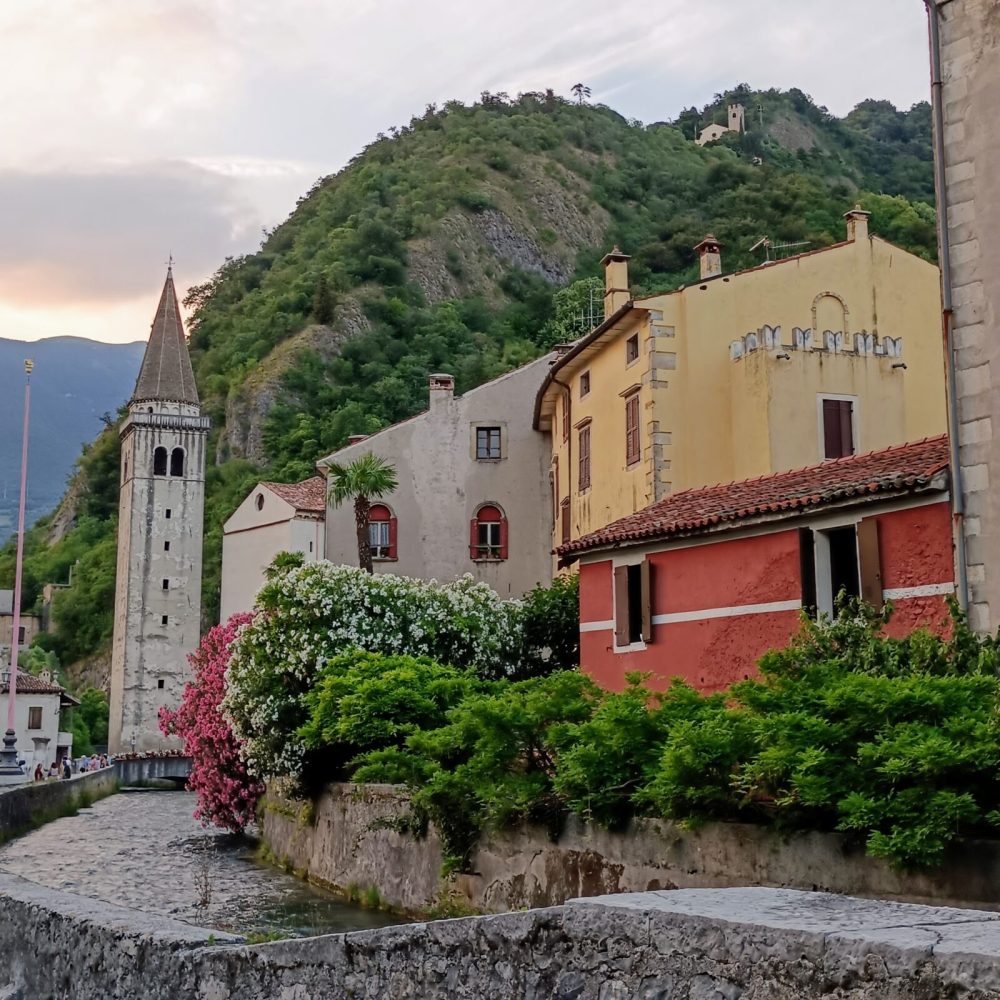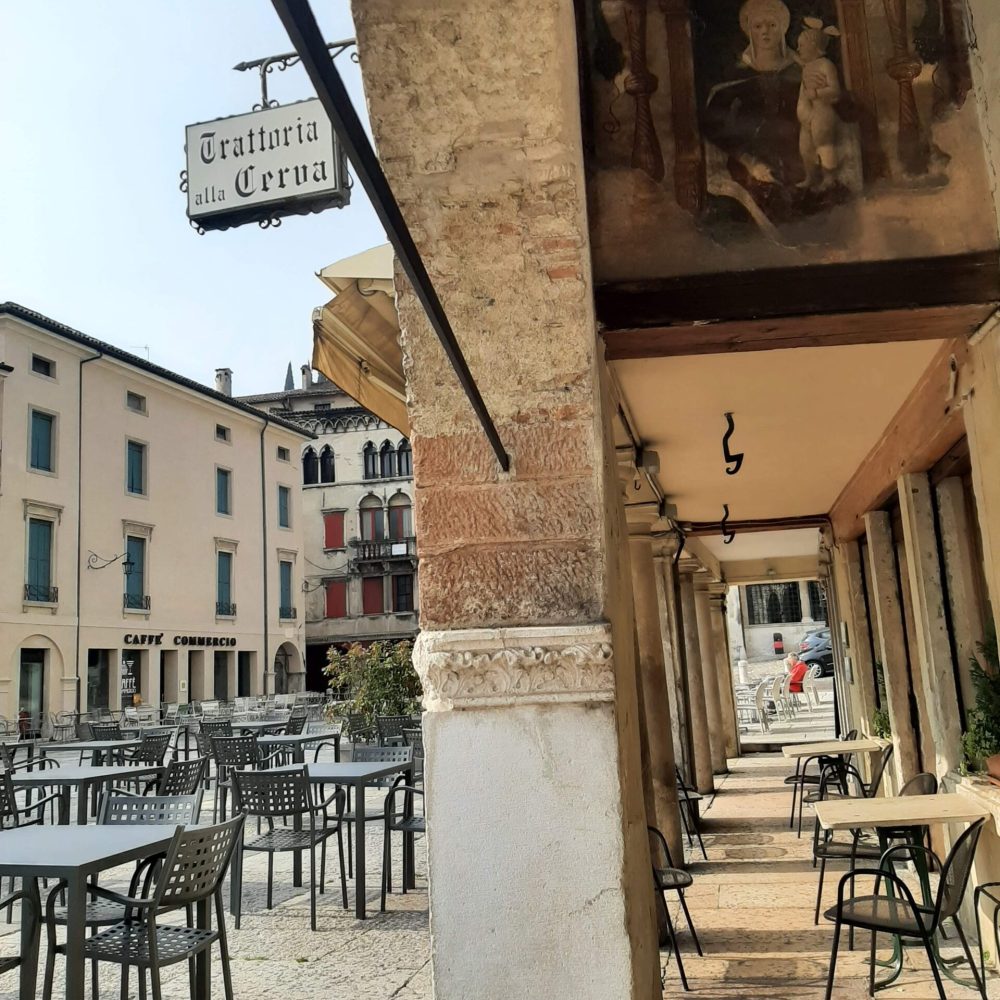

History
Vittorio Veneto is an Italian municipality with around 27,000 inhabitants . The municipality is located in the province of Treviso in Veneto, in the north-eastern part of Italy. Vittorio Veneto was created on 27 September 1866 following the merger of the municipalities of Ceneda and Serravalle. The new municipality was named “Vittorio” on 22 November 1866 in honour of Vittorio Emanuele II, the first king of Italy. The name “Veneto” became common particularly after the 1918 battle.
The Viale della Vittoria links the towns of Ceneda and Serravalle. From the end of the 19th century, new neighbourhoods were created around this road, so that the union was also physical. In fact, the town hall itself is located halfway along it. The city still shows a certain dichotomy. In fact, Ceneda and Serravalle, despite their proximity, have very different historical and cultural identities.
The city was the centre on the Italian-Austrian front of the battle of the same name. This battle, at the end of World War I, ended the fighting between the two countries. It was also the headquarters of the Austro-Hungarian command for the Italian front.

CENEDA
Ceneda has its origins in Roman times, when there was probably already an urban settlement. This so-called vicus belonged to the municipality of Oderzo. In the Middle Ages, Ceneda gained importance and became a biscom and the seat of a Lombard duchy. The local bishops were also given the title of count. Moreover, after their submission to the Serenissima (Venice), they retained this title.
In modern times, development was inhibited by the rise of Serravalle. As a result, Ceneda retained the characteristics of a small village with an agricultural economy, gathered around the cathedral square.


SERRAVALLE
was built around a fortress of probably Roman origin. It was a centre of secondary importance until it became a fief of the Da Camino family in the late 11th century.
This was the beginning of a period of constant economic and urban development for Serravalle. This period also continued when it came under Venetian rule and gained its own mayor.
